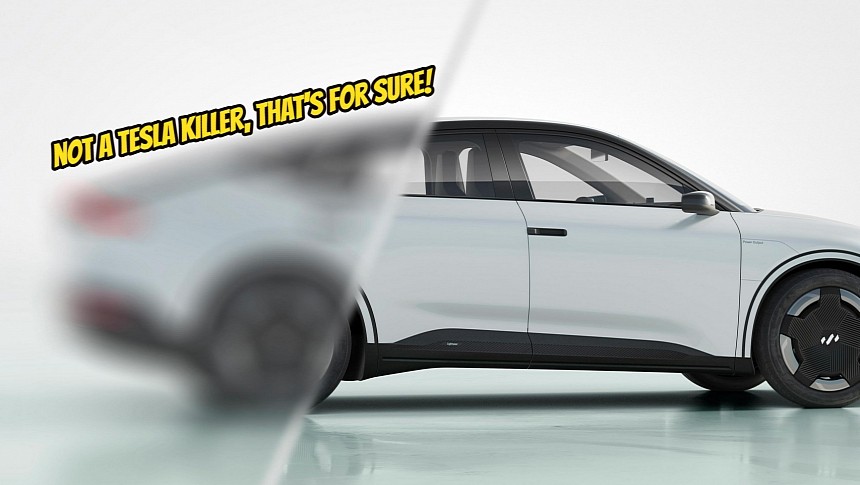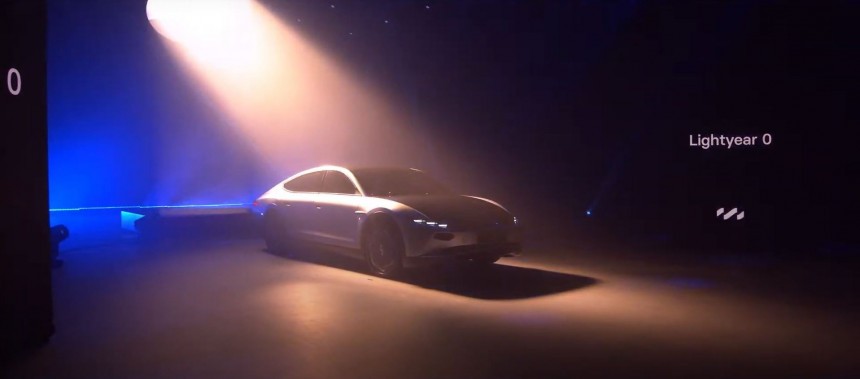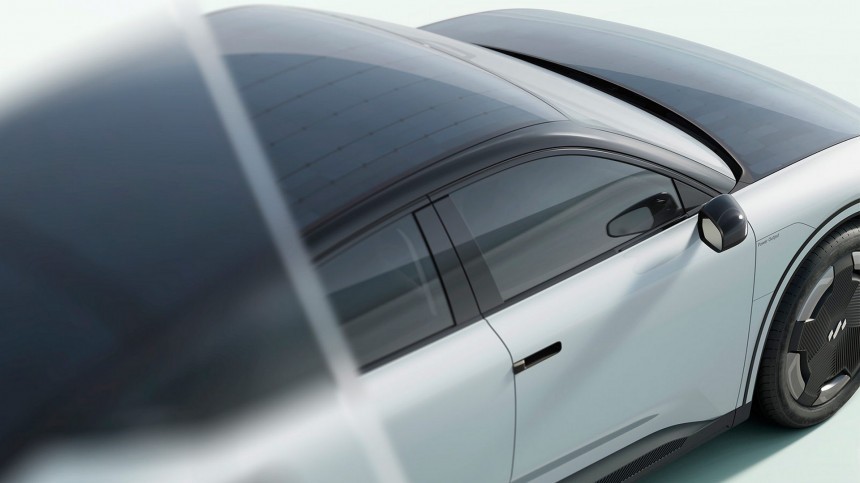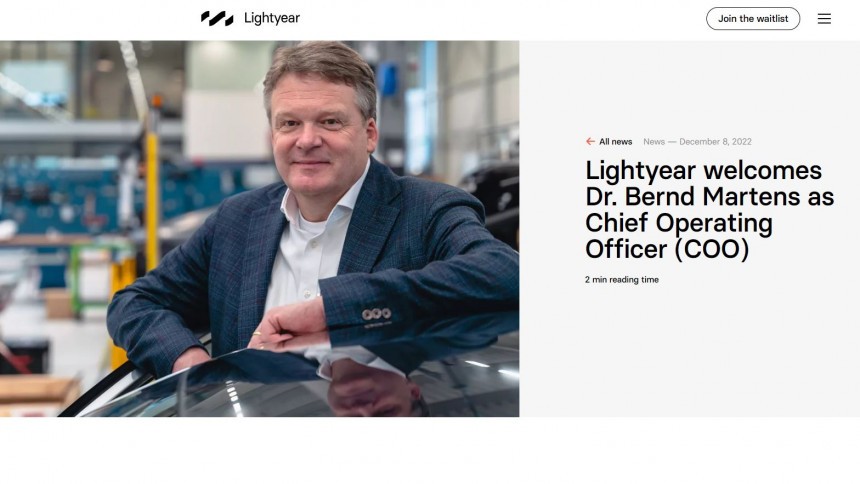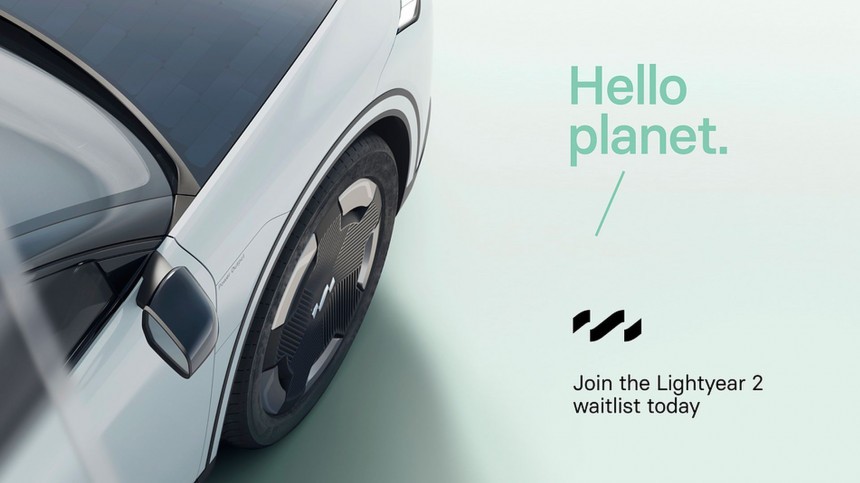Over a year ago, Lightyear brought forward a car that seemed to be an environmentalist's personal mobility dream. The solar-powered four-door electric vehicle had a smaller than the industry average battery, a roof that was supposed to produce clean, renewable energy, and was aerodynamic enough to boast usable range figures. But it didn't work out. Will the next step in Lightyear's story be the right one?
Lightyear received funding from the European Union (EU) through the CORDIS program and other private investors or companies (like Koenigsegg) to create an efficient battery-electric vehicle with a smaller initial carbon footprint. Zero-tailpipe emission vehicles come from the factory with a more significant environmental impact because of the materials needed in batteries and lengthy supply chains.
The young marque had the money, the plans, the determination, and the space to innovate in EV space by tying the car to the Sun. Its Lightyear 0 was aerodynamic, lightweight, and supposed to take the solar-electric vehicle from concept to reality. It was an ambitious project, considering Tesla was already well embedded in the EV sector.
Unfortunately, as we expected, it did not pan out. The first thing that kept the brand from interacting with real customers was the price – €255,000 ($281,078) before tax. If Lightyear was to sell the 0 in a country like Sweden, the vehicle would have ended with a total cost of €318,750 ($351,313) before selecting any options. It would've been around seven times more expensive than a base-spec Model 3 Long Range.
Granted, the Tesla is not as long or as aerodynamic as the now-defunct Lightyear 0. It does not even have a solar roof. But, as the WLTP certifies, it does around 373 mi (600 km) on a full charge. That is enough for most commuting Europeans and can eliminate any range anxiety left.
The 0 went into production in December 2022. Two months later, it was discontinued. Four days after reality's darkness shattered the solar car dream, Lightyear confirmed it was bankrupt.
But the startup still had the Lightyear 2 – its mass-production unit that piqued the interest of companies like Arval and LeasePlan. Back in January, it announced that pre-orders for the mass-production-ready model (that we have yet to see) amounted to 21,000 units.
That vehicle is supposed to have a starting cost of €40,000 ($44,022) and a maximum range of 497 mi (800 km) between charges. The waiting list is still open, but there is no reservation process enabled at the time of writing.
Fortunately, a group of investors decided to work together and save Lightyear from extinction. They told the CEO he had to leave, even though the man was among the founders.
Bernd Martens was a Board of Management of Audi AG member between 2012 and 2020. He was responsible for Purchasing and IT. The man supervised around 1,100 employees, had a yearly budget of approximately $33 billion to buy the right stuff for the German carmaker, and was directly involved in the construction of Audi's new factory in San Jose Chiapa, Mexico.
But Martens is familiar with Lightyear. After the 0 went into production, he was named Chief Operating Officer (COO). Now, he is moving to the Supervisory Board. He will advise the new management about how to avoid a similar outcome with the Lightyear 2.
That happened because, after the investors revived the company, all its subdivisions were restructured into a single entity. Thus, Martens lost his short-lived COO role. The new Lightyear enterprise must now manufacture cars and solar panels and manage itself without splitting into three companies yet again.
As such, Martens sticking with Lightyear as a Strategic Advisor is more of a retention strategy that went right. Still, that begs the question: why did Lightyear announce Bernd Martens' appointment to the Supervisory Board like it was a brand-new addition?
Moreover, the announcement is old news. John Heller was also presented as just being added to the Supervisory Board. But his LinkedIn profile shows that he got involved in Lightyear's story in May – three months ago.
Heller has also held various other executive positions at a bunch of companies, including the European nation's financial giant ING. Lightyear should do well tapping all this expertise.
But important questions about the newcomer's future remain unanswered. What's happening with the Lightyear 2? Who will act as CEO? Where will the carmaker manufacture its solar-powered car? Will it still make solar panels? What's happening with the EU funds? We could go on, but we would only add insult to injury.
Lightyear must pull itself up by its bootstraps and keep marching on. There's room for improvement, and the renewed Dutch entity still has space left to sell electric cars. It just has to push forward carefully and establish a comprehensive brand identity strategy. Once it becomes known and there's a working and reliable product available, customers will come. Let's just hope it won't try to sell an unjustifiably expensive solar-powered car again.
Lastly, I recently signed up to be in the queue for Lightyear 2, which should be a direct competitor for vehicles like the Austrian-made Fisker Ocean or the made-in-China Polestar 2. I am the 80th person to do so. If the partnership with Arval and Leaseplan doesn't work out, it's improbable that Lightyear will survive. Unless, of course, the confirmation number I received was just random spot in the line for placing a deposit.
The young marque had the money, the plans, the determination, and the space to innovate in EV space by tying the car to the Sun. Its Lightyear 0 was aerodynamic, lightweight, and supposed to take the solar-electric vehicle from concept to reality. It was an ambitious project, considering Tesla was already well embedded in the EV sector.
Unfortunately, as we expected, it did not pan out. The first thing that kept the brand from interacting with real customers was the price – €255,000 ($281,078) before tax. If Lightyear was to sell the 0 in a country like Sweden, the vehicle would have ended with a total cost of €318,750 ($351,313) before selecting any options. It would've been around seven times more expensive than a base-spec Model 3 Long Range.
Snapping back to reality
It made no sense to have a newcomer to the automotive industry selling cars that cost a lot more than a Porsche 911 Turbo S (VAT included). Lightyear wanted to ride the wave of electric powertrains and sustainable charging, but it ultimately failed to do so.The 0 went into production in December 2022. Two months later, it was discontinued. Four days after reality's darkness shattered the solar car dream, Lightyear confirmed it was bankrupt.
But the startup still had the Lightyear 2 – its mass-production unit that piqued the interest of companies like Arval and LeasePlan. Back in January, it announced that pre-orders for the mass-production-ready model (that we have yet to see) amounted to 21,000 units.
Fortunately, a group of investors decided to work together and save Lightyear from extinction. They told the CEO he had to leave, even though the man was among the founders.
The wind of change
After investors helped Lightyear to rise from its ashes, changes started happening. It ditched its Norwegian manufacturing partner and brought in experienced people with solid automotive backgrounds.Bernd Martens was a Board of Management of Audi AG member between 2012 and 2020. He was responsible for Purchasing and IT. The man supervised around 1,100 employees, had a yearly budget of approximately $33 billion to buy the right stuff for the German carmaker, and was directly involved in the construction of Audi's new factory in San Jose Chiapa, Mexico.
But Martens is familiar with Lightyear. After the 0 went into production, he was named Chief Operating Officer (COO). Now, he is moving to the Supervisory Board. He will advise the new management about how to avoid a similar outcome with the Lightyear 2.
As such, Martens sticking with Lightyear as a Strategic Advisor is more of a retention strategy that went right. Still, that begs the question: why did Lightyear announce Bernd Martens' appointment to the Supervisory Board like it was a brand-new addition?
Moreover, the announcement is old news. John Heller was also presented as just being added to the Supervisory Board. But his LinkedIn profile shows that he got involved in Lightyear's story in May – three months ago.
Keeping an open mind
Heller, who works part-time for a Longines-sponsored equestrian competition, held the CEO role at Louwman Group for over six years. This company has been in business since 1923, has around 70 stores open, and is the Netherlands' top importer of Toyota, Lexus, Suzuki, and Morgan vehicles. But they are also the exclusive partners of BYD, the Chinese auto giant that was once Warren Buffet's bet.But important questions about the newcomer's future remain unanswered. What's happening with the Lightyear 2? Who will act as CEO? Where will the carmaker manufacture its solar-powered car? Will it still make solar panels? What's happening with the EU funds? We could go on, but we would only add insult to injury.
Lightyear must pull itself up by its bootstraps and keep marching on. There's room for improvement, and the renewed Dutch entity still has space left to sell electric cars. It just has to push forward carefully and establish a comprehensive brand identity strategy. Once it becomes known and there's a working and reliable product available, customers will come. Let's just hope it won't try to sell an unjustifiably expensive solar-powered car again.
Lastly, I recently signed up to be in the queue for Lightyear 2, which should be a direct competitor for vehicles like the Austrian-made Fisker Ocean or the made-in-China Polestar 2. I am the 80th person to do so. If the partnership with Arval and Leaseplan doesn't work out, it's improbable that Lightyear will survive. Unless, of course, the confirmation number I received was just random spot in the line for placing a deposit.
We are grateful to welcome Bernd Martens and John Heller to our Supervisory Board. Martens and Heller — who have both held executives positions at AUDI AG and Louwman Group — will play an important role in commercially advancing the development of our solar electric vehicles. pic.twitter.com/z9ZOHR9PDA
— Lightyear (@lightyear_cars) July 31, 2023
